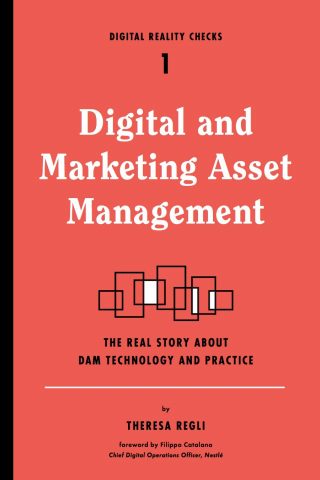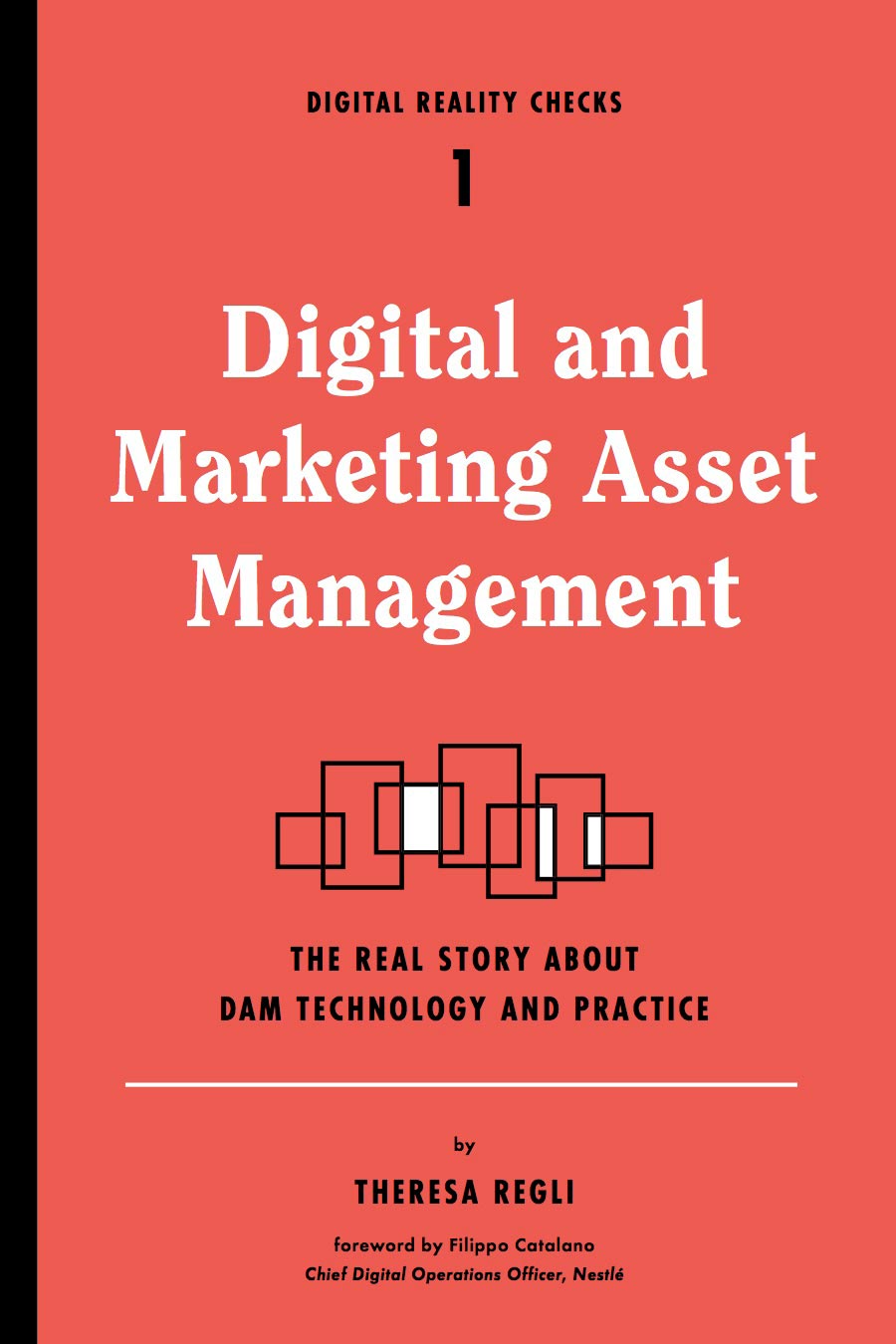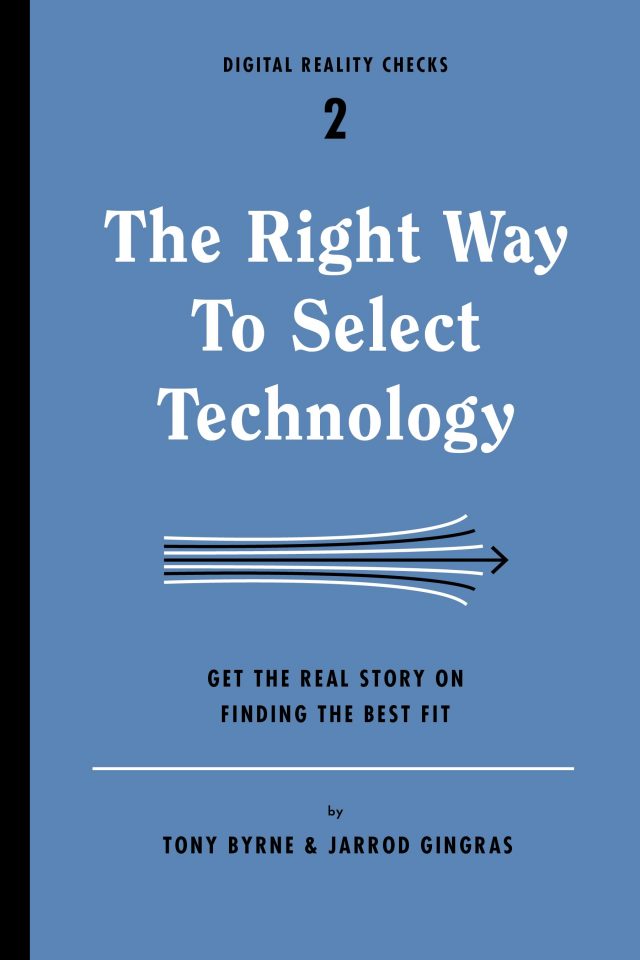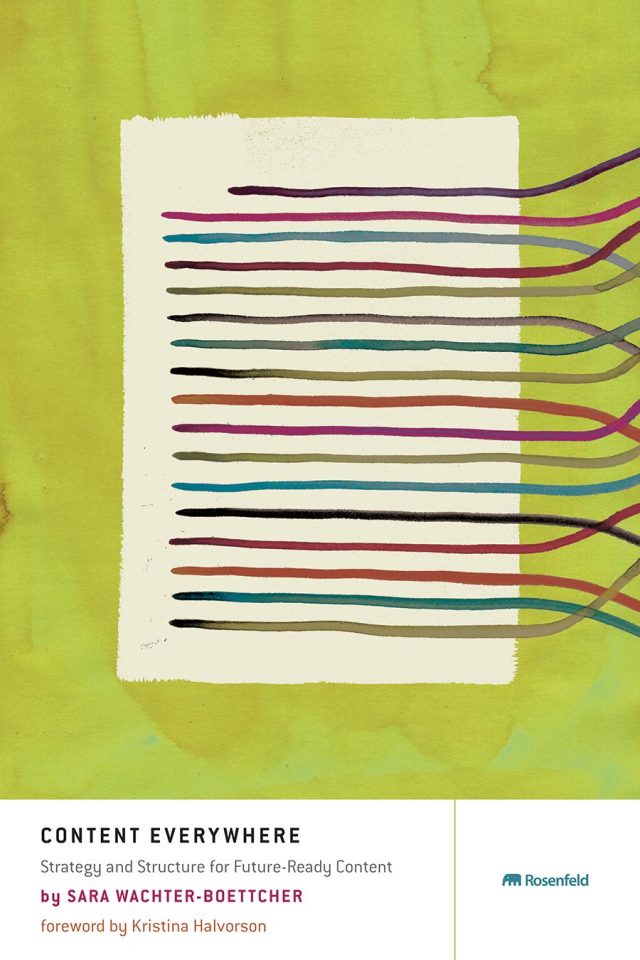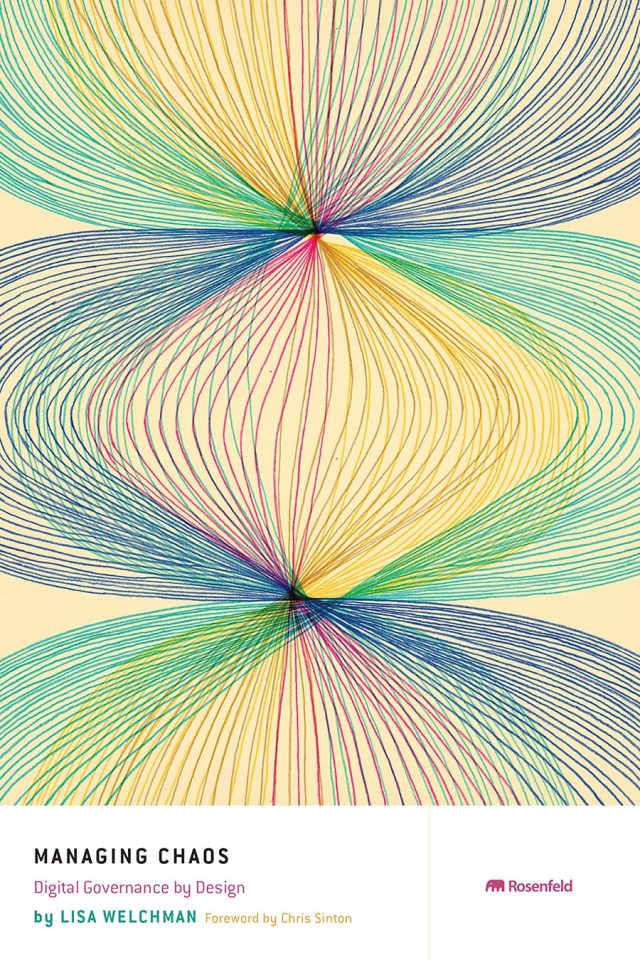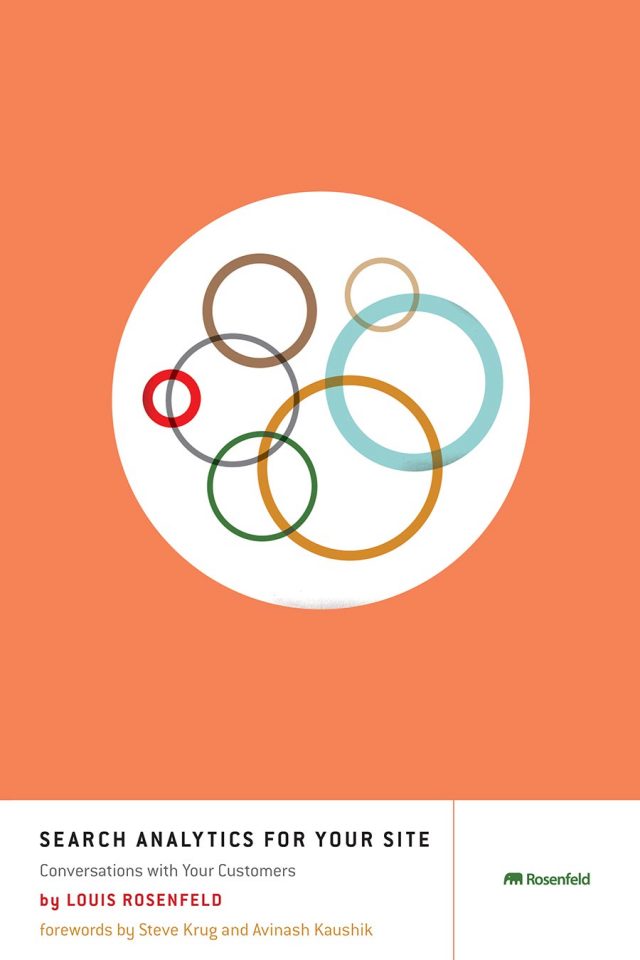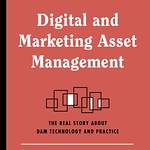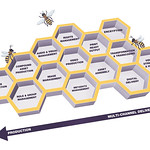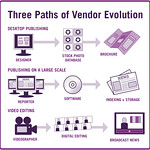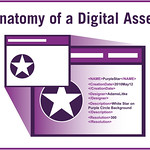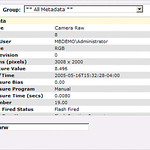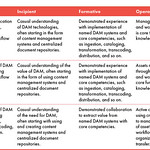As a marketing technology professional, I am honored to write the foreword to Theresa’s book: it is a great time in the industry for the digital asset management discipline, as DAM has emerged out of the dark basements where arcane taxonomists and unsocial librarians have been cataloging reference images, to finally achieving a prominent place on the center stage of the marketing technology landscape.
Multichannel/multidevice communication, planning, and execution—which is really the only type of communication you should put in place today for your brand—requires near real-time adaptation and distribution of content and its reuse across channels. Of course, many try to go at it with pieces of their content universe distributed across different components of their marketing tech landscape, but the limitations are self-evident: inability to reapply content that works across channels, cul-de-sacs where content is left to “rot,” inability to draw conclusions on multichannel performance of the content, manual work and rework to keep systems in sync, just to name a few.
In this context, the smart marketers and technologists who have understood the power of a centralized operational single source of visual records/digital assets use their DAMs in a much-refreshed and strategic way:
- DAMs that are able via APIs to distribute the assets to the various points of consumer fruition (e.g., a WebCMS, a social publishing solution, an ecommerce mobile application), transforming them as needed, and keeping the cross-references “whole” as much as possible.
- Tracking performance of assets, going back to the source and the producers for continuous improvement, sometimes using performance-based compensation.
- Investing in very practical taxonomies, which are not designed for obscure archiving and compliance purposes, but aim to tame the complexity of the outside channels and use cases to maximize automation, increasing findability and introducing efficiencies (content types, channels, content strategies, etc.).
DAMs will also be key for the upcoming wave of intelligent, programmatic content, where we need to be able to rapidly assemble various content constituents to produce original content, to enable a granular personalization for specific consumer segments, in a very specific context.
This book will take you through a journey where you can easily rework your marketing technology strategy and landscape in a more DAM-centric way. It will provide you valuable insights on how to combine marketing technology capabilities in a mix that makes sense for you and your business objectives.
—Filippo Catalano, Chief Digital Operations Officer, Nestlé
